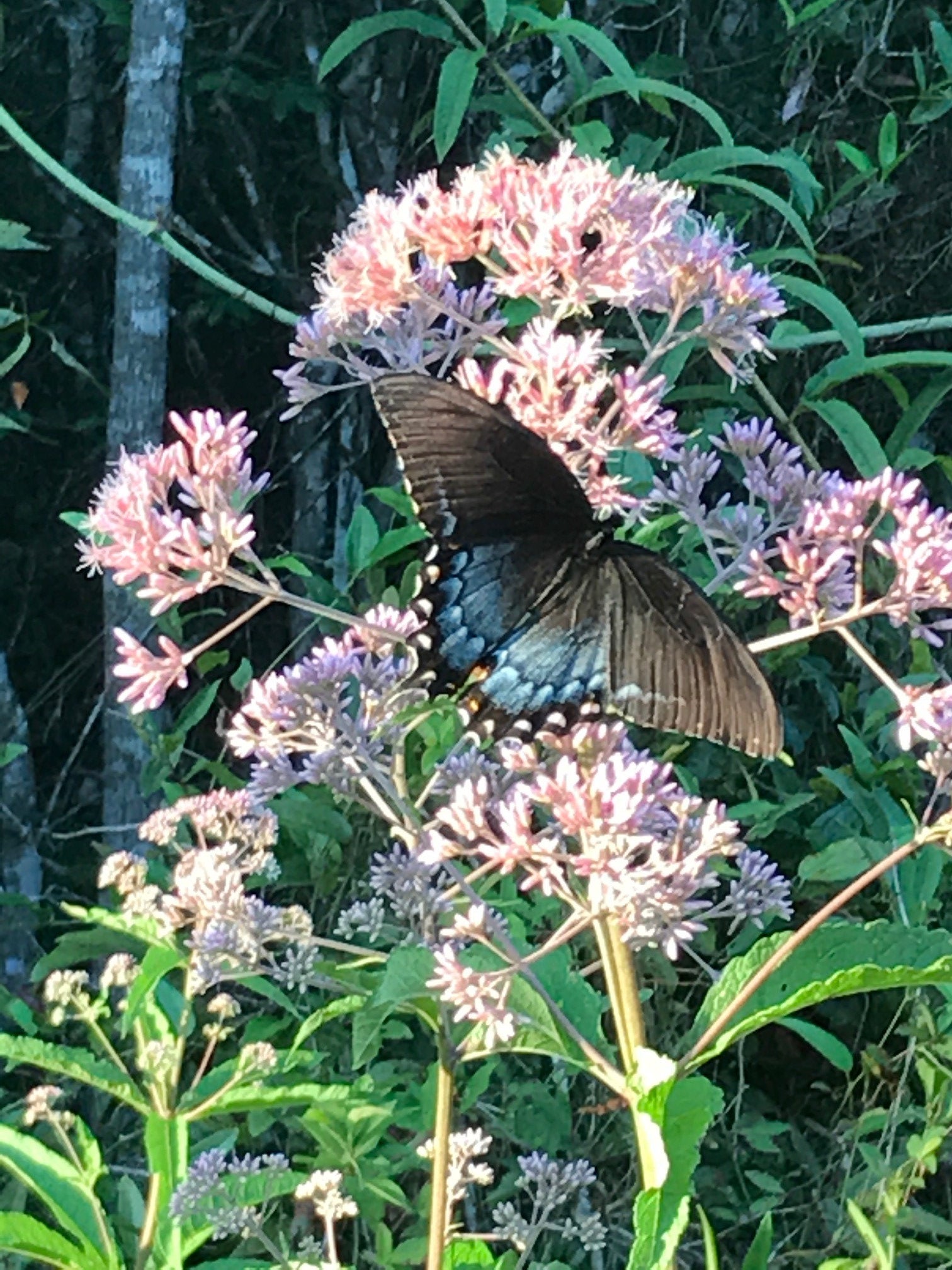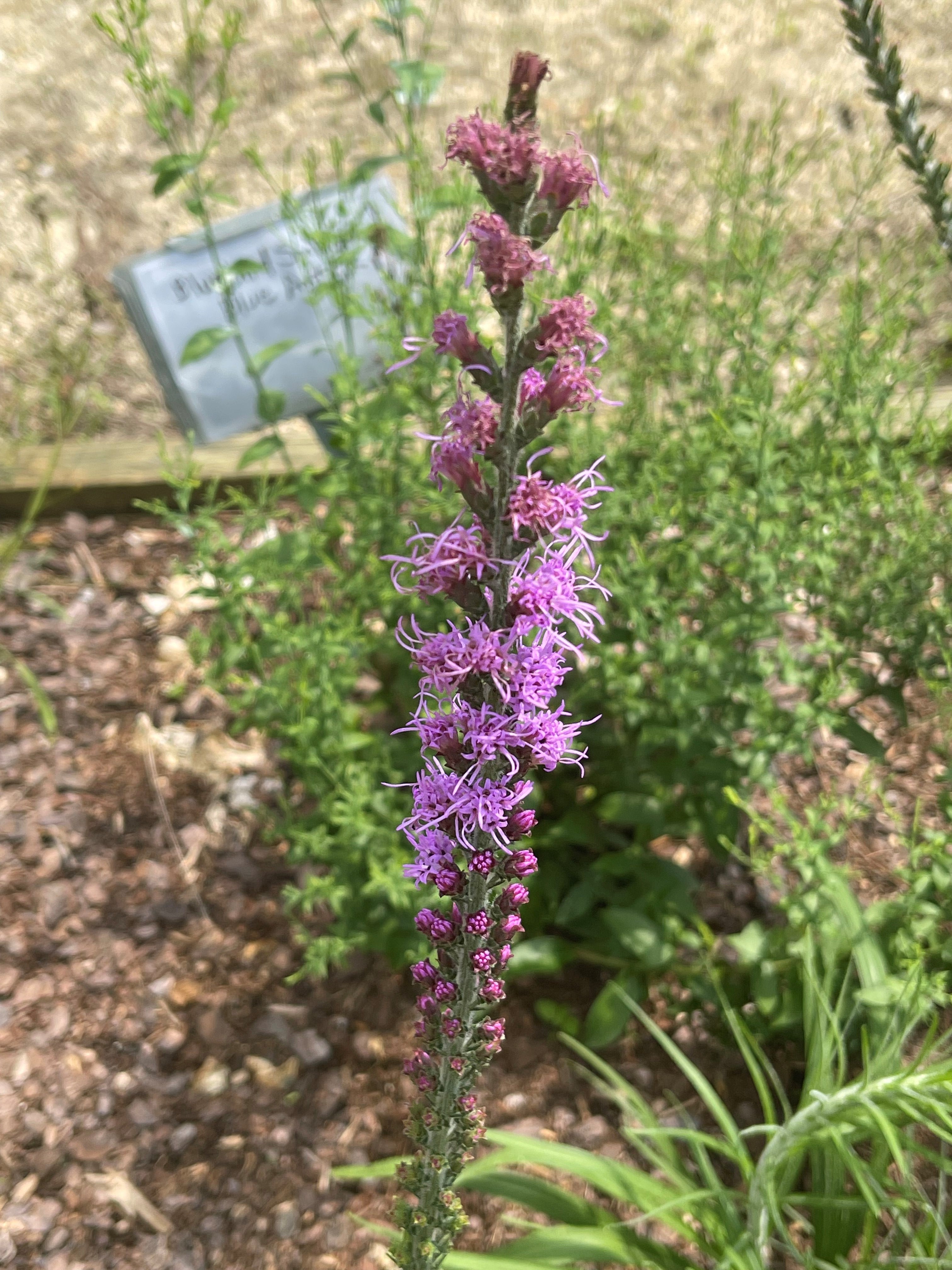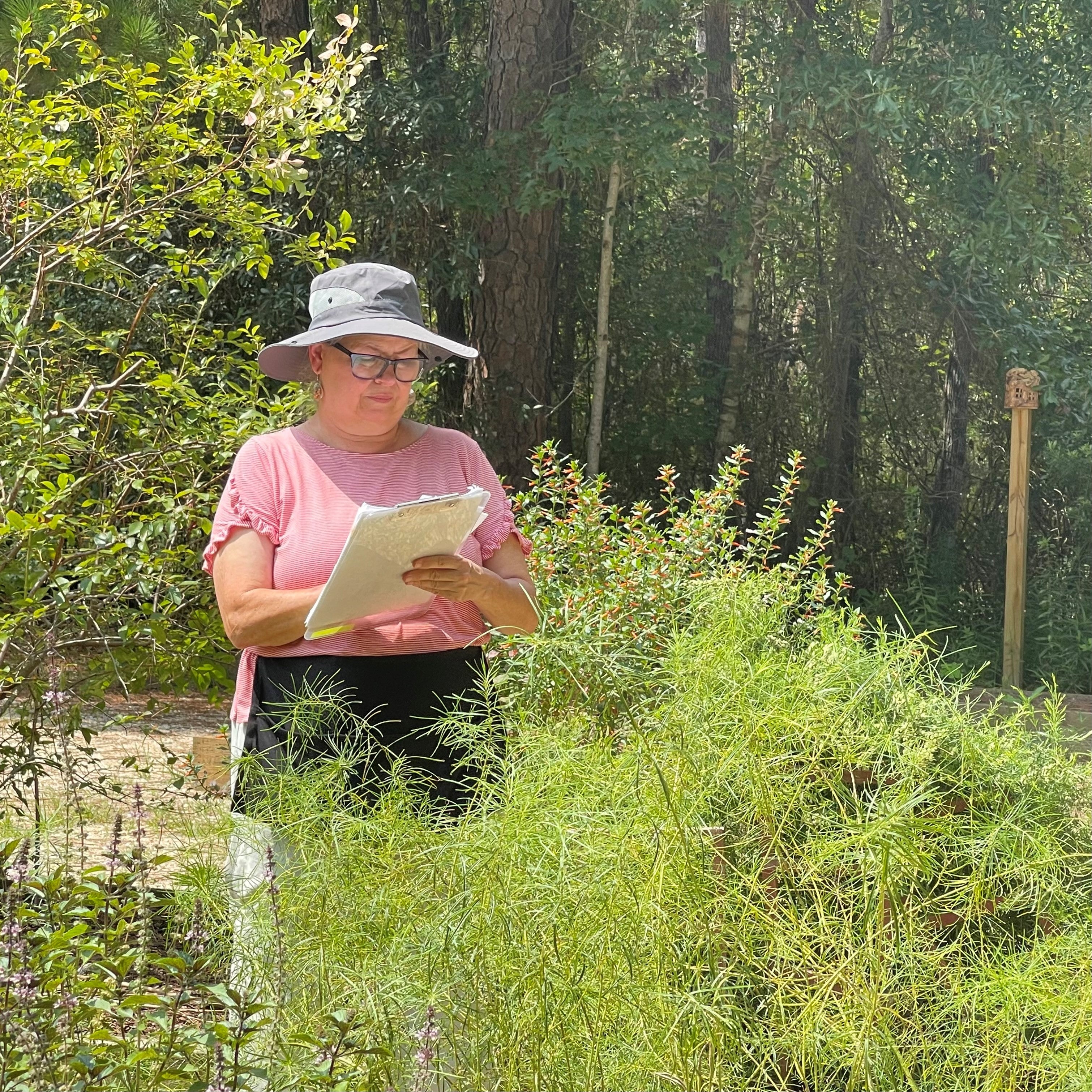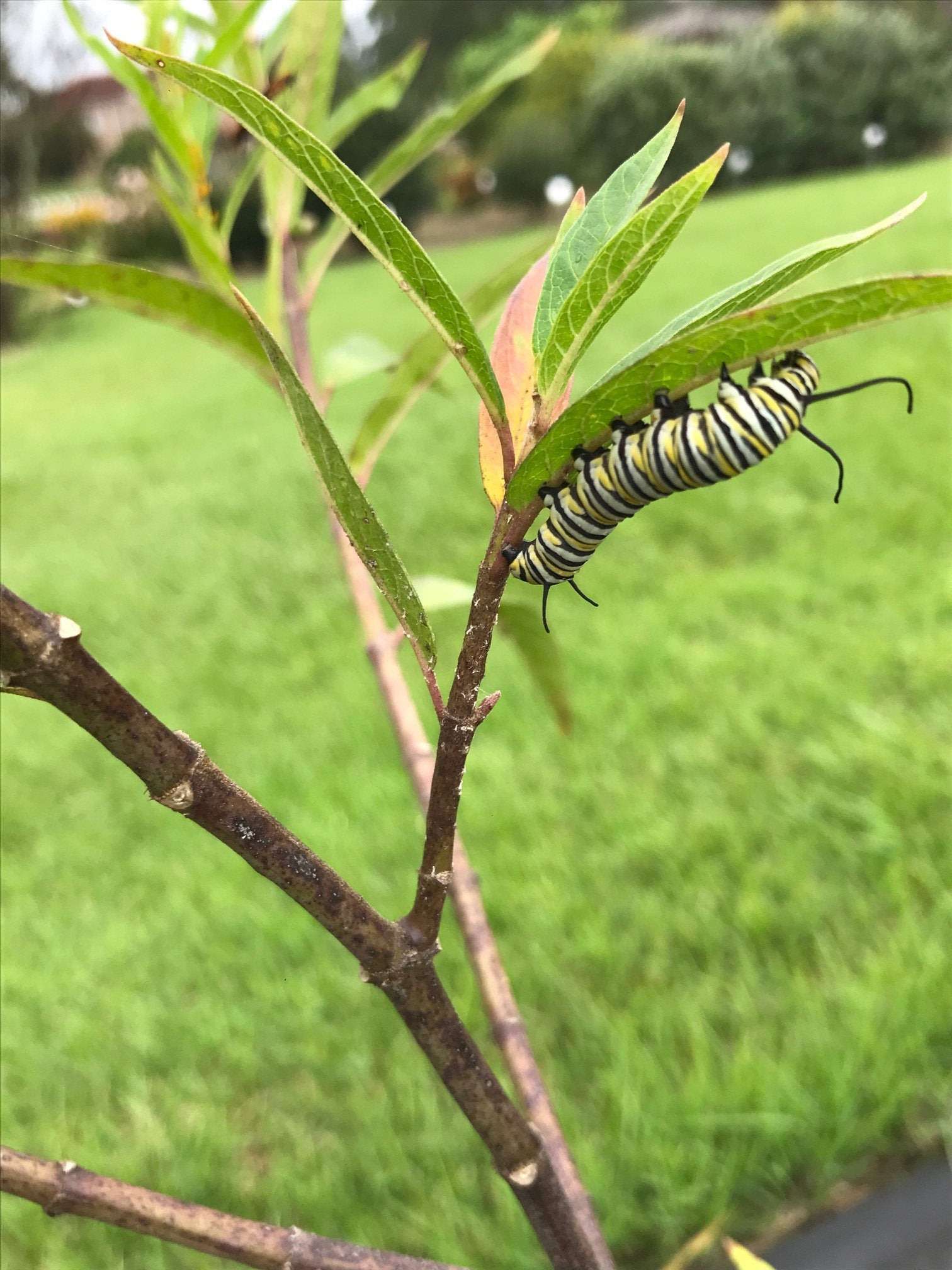The Crosby Arboretum’s Savanna Exhibit: Nearing an explosion with Mississippi wildflowers
Published 3:50 pm Tuesday, August 31, 2021
By Patricia Drackett
Director of the Crosby Arboretum and
assistant extension professor of landscape architecture with the Mississippi State University Extension Service.
On a recent stroll on the Arboretum grounds, I ended up in the south pitcher plant bog. The colors, patterns, and variety of the perennials preparing to bloom here can, believe it or not, easily divert attention from the sultry summer weather. There is an incredible diversity of fascinating plant species intertwined with the familiar clusters of yellow pitcher plants.
At certain times during the year, this slice of the Crosby Arboretum’s Savanna Exhibit features particular species that are in abundant flower, and their color dominates the bog during this peak bloom. The show beings in early spring, following an annual application of prescribed fire in January or February, with a sea of pendulous yellow petals of the pitcher plant flowers that dangle on delicate stems above the bare soil.
As the seasons progress, this scene transitions through a kaleidoscope of various shades of pink and yellow and purple. It’s a true delight to visit the bog throughout the year and experience this landscape from month to month and to see this shift through colors and patterns as various wild species ebb and flow.
It is impossible to predict what the journey will be like. It’s much like attending a concert and not knowing the music to expect beforehand. From year-to-year, the species densities will shift, and resulting patterns will change due to changes in weather conditions that will affect the fluctuation of water volume stored in the pitcher plant bog.
One year the pitcher plants clusters shriveled up and turned brown and crispy due to a drought. At other times the bog might be completely under water for days at a time. I remember one spring when the bog was a lake featuring the large spherical pitcher plant buds that hung over the water, reflecting a blue sky.
One of the most dynamic seasons in the savanna is unfolding, and we it will be a “must see”. Make plans to visit soon during this dramatic time of year, as hundreds of purple Liatris spikes – called blazing star – will erupt. The south bog will be in constant motion with dancing butterflies, as a wide variety of species sip from the blooms.
The butterflies you may see include several species of swallowtails, Gulf fritillaries, monarchs, common buckeyes, sulphurs, and skippers. There are so many informative sites on the Internets, for example, Butterflies and Moths of North America (https://www.butterfliesandmoths.org/) where you can view photos, learn more about them, and even report your sightings. You can also download a fact sheet, “Attracting Butterflies to Mississippi Gardens,” at the Extension website (http://extension.msstate.edu/).
To be a valuable host plant for monarch butterflies, native milkweed must occur naturally (or be planted) in large enough quantities so that it will provide an abundant food source for the caterpillars. In garden trials we have conducted over the past five years, we have learned that swamp milkweed (A. incarnata) was the most vigorous, highest performing milkweed of the species native to the southern states and provided the highest leaf mass available to monarch caterpillars. This also makes the plant a great substitute for invasive tropical milkweed (A. curassavica).
Growing milkweed from seed is a very inexpensive way to grow large quantities of this plant, as one caterpillar can consume as much as two to three plants while it passes through all five growth stages, called instars, to mature. We are currently carrying swamp milkweed seed in the Arboretum gift shop.
We needed to postpone our mushroom field walk scheduled for today (Saturday August 28) due to the coming wet weather. We hope to reschedule for next Saturday and this will be announced on the Arboretum Facebook page. We’ll also note if there is room, as we had a full class for today’s walk. Many species of mushrooms occur at the Arboretum, both edible and non-edible. But remember sampling any mushrooms without having a positive identification is a sure recipe for trouble. If you are fascinated with fungi, much can be learned from the experience of going on regular forays with a group such as the Gulf States Mycological Society (http://www.gsmyco.org/). The organization offers opportunities for year-round education and field walks.
We’ll be releasing our fall schedule soon and plan to conduct a field walk in September to explore the fall blooms. If you enjoy photographing butterflies and colorful blooms, don’t miss your chance to have an interpretive guide to tell you more about our educational exhibits and these glorious Mississippi wildflowers. For more information on programs and events, see www.crosbyarboretum.msstate.edu<http://www.crosbyarboretum.msstate.edu>. You may sign up for our email notices of upcoming programs and events under “Events Updates”







